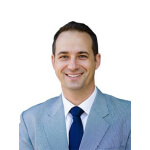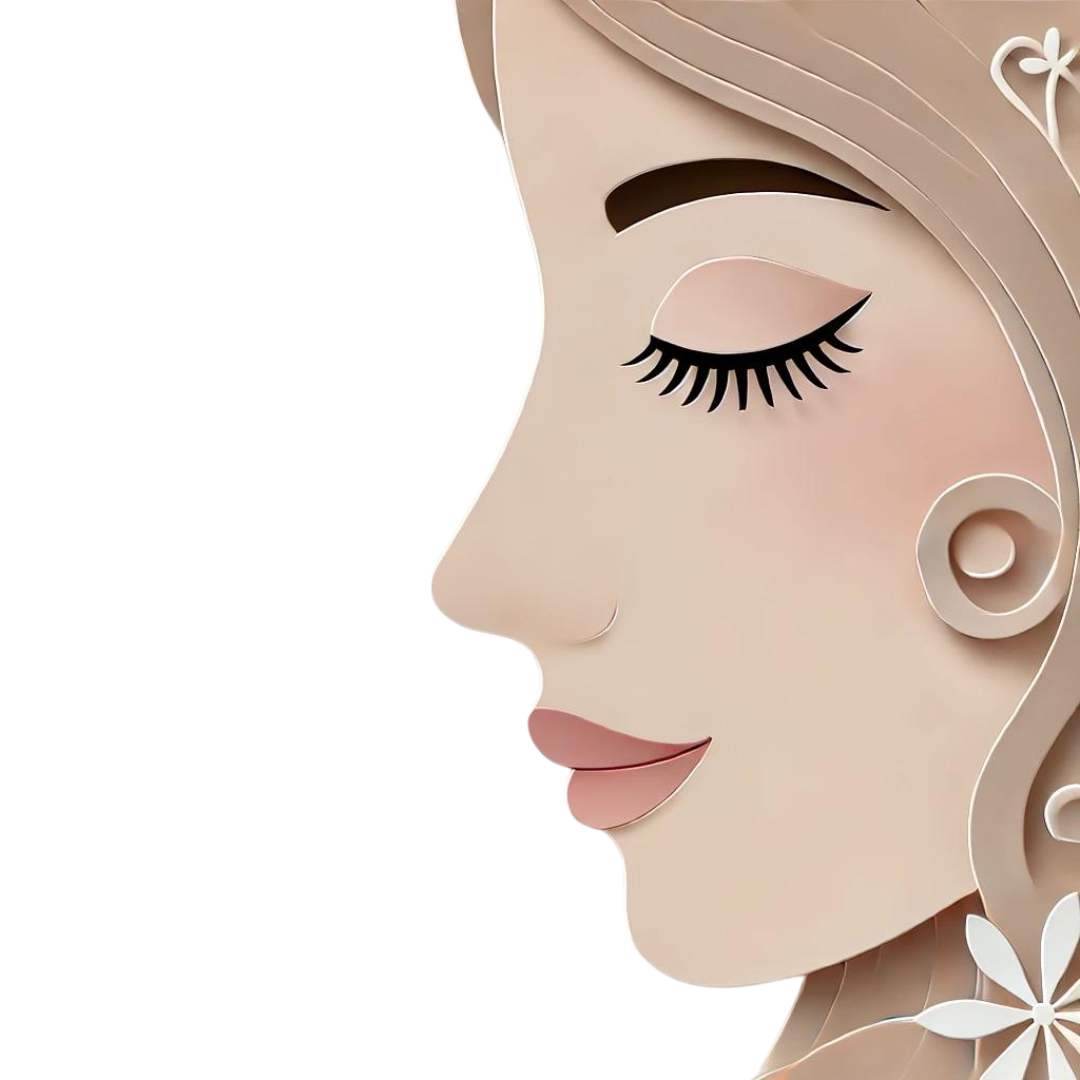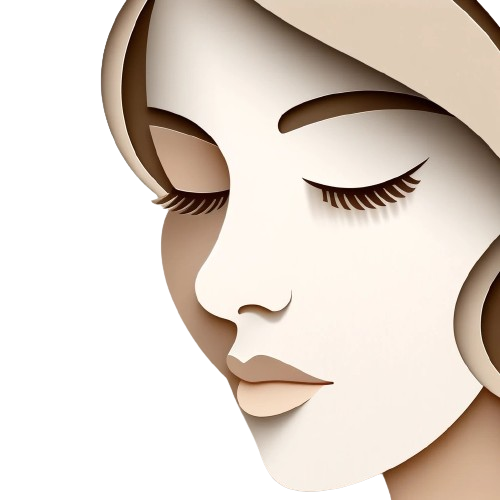Rhinoplasty (commonly known as a “nose job”) is a cosmetic plastic surgery procedure to change the appearance of your nose. This may be done to improve cosmetic issues or address deformities resulting from an injury. Rhinoplasty can also be undertaken to relieve nasal obstructions or breathing problems.
An aesthetic nose complements and fits harmoniously with your face. At Pure Aesthetics, we always aim to provide a carefully planned and performed rhinoplasty that yields subtle, attractive and natural results, with improvement in your overall facial balance.
How Could a Rhinoplasty Help Me?
Rhinoplasty can be undertaken to correct the following concerns:
- Increasing or decreasing the size of your nose
- Improving the shape of the tip of your nose
- Refining the shape of the bridge of your nose
- Increasing or decreasing the base width of your nose
- Reducing a “hump” on the bridge of your nose
- Improving a crooked nose
- Elevating a drooping nasal tip
- Improving the symmetry of your nose
- Correcting structural issues in your nose, such as a deviated septum
Meet your Surgeon

Dr Robert Knight
Meet your Surgeon
Education and Training:
- Attended medical school in South Africa, and trained at the internationally renowned Baragwanath Hospital
- Awarded a Cyanamid Pharmaceutical Scholarship, the Medical Students Council Award and the Graham Wilkinson Medal
- Member of the Royal College of Surgeons of Edinburgh
- Awarded the LGI cardiothoracic prize and presented at several conferences in London, Stockholm and Cologne
What Are the Potential Benefits of Rhinoplasty?
Rhinoplasty is undertaken to improve the aesthetic appearance of your nose, allowing it to fit more harmoniously with your face. Rhinoplasty can also be undertaken to correct nasal obstructions or breathing difficulties, which results in ease of breathing and sleeping better.
Benefits for you may include:
- Enhanced aesthetics of the nose and facial profile
- Correct nasal breathing problems
- Improved facial balance and harmony
What Should I Expect During My Rhinoplasty Consultation?
A consultation with Dr Robert Knight, our specialist plastic surgeon who performs rhinoplasties, is the first step when you are considering surgery. This appointment will take approximately 45 minutes. Please come prepared to frankly discuss your goals, expectations and concerns about the surgery. You should always keep in mind that the desired result is improvement, not perfection.
During the consultation, your specialist plastic surgeon will ask you a variety of questions covering everything from your current health situation, to details about the physical outcomes you desire. Be prepared to talk about current medications, allergies and any past or current medical treatments.
You will receive a detailed and thorough examination of both the internal and external structure of your nose and how it relates to your face as a whole. We will then discuss your options and your surgeon’s recommendations.
The recovery process and any potential complications that could arise will also be discussed. At any time, you are encouraged to ask any questions that you may have.
A second consultation is performed closer to the date of your surgery to go over important details about your recovery and ensure you are satisfied with the choices that have been made.
What Does a Rhinoplasty Procedure Involve?
Rhinoplasty is performed under general anaesthesia. One of two surgical techniques may be used: open rhinoplasty or closed rhinoplasty.
Open Rhinoplasty
In open rhinoplasty, incisions are made inside the nostril and below the nose at the base of the columella (the strip of tissue separating the nostrils). Skin is then lifted such that the nasal structures are exposed. Changes are then made to cartilage and bone, depending on your desired goals. The skin is then draped back in place. Dissolvable stitches are used to close the incisions, and a splint applied to the outside of your nose.
Closed Rhinoplasty
In closed rhinoplasty, incisions are made inside the nostrils only, so there are no visible scars on the outside of the nose. These incisions provide access to the underlying nasal structure so the surgeon can make the desired adjustments. The incisions are then closed with dissolvable stitches and a splint is placed on the nose to help support it during the early healing process. Please be advised that closed rhinoplasty is a more limited procedure and not all types of reshaping can be achieved with this approach.
Will I Need to Be Hospitalised for Rhinoplasty?
Rhinoplasty procedures are done in fully accredited day surgeries or hospitals under general anaesthetic and take up to three hours. It is usually an “outpatient” procedure, meaning you can go home the same day, although your surgeon may recommend a single night stay after more complex procedures. All surgeries are performed in fully accredited facilities to ensure your safety.
What Is Recovery After Rhinoplasty Like?
Advancements in anaesthesia over recent years have meant more comfort for patients, including less pain with minimal post-operative sedation and nausea and a quicker recovery to “feeling normal.” The anaesthetists in our team are highly skilled and experienced in modern techniques and devoted to keeping you comfortable.
You may feel “woozy” as the anaesthetic wears off, followed by some soreness, swelling or discomfort. You may also feel tired after surgery. All of this is normal, and the unpleasant effects of the anaesthesia last only a short while.
A splint will be placed across your nose to assist in the healing process. It will be removed approximately seven days after surgery and replaced with paper tape for a further week.
Some discomfort, swelling and bruising are expected in the first week or two. You will be advised to keep your head elevated (including while sleeping) and avoid blowing your nose to limit swelling and pressure on the healing tissues. You should also avoid sun exposure, alcohol and tobacco use, and making contact with your nose.
When Can I Resume Day-to-Day Activities?
Most rhinoplasty patients return to work or school within two weeks. More activities can be resumed at week three, however, strenuous activity and vigorous exercise should be avoided for at least four weeks. This is to limit the risk of injury to the nose.
Every patient’s recovery timeline and lifestyle are different. Your surgeon will give you specific post-operative guidelines and monitor your recovery process to ensure you resume activities at safe intervals.
When Can I Expect to See the Results From My Rhinoplasty?
It is imperative to follow the post-operative instructions outlined by our team to ensure you have a healthy recovery and secure a good cosmetic result.
Rhinoplasty surgery produces immediate changes in your nose, but do not expect to see the final outcome right away. Bruising and swelling are a normal part of the healing process. The swelling can be significant for some patients, and it can sometimes take several months to resolve fully.
Additionally, cartilage is known for healing slowly due to its limited blood supply and limited ability to repair itself. For this reason, full results from a rhinoplasty may not emerge for up to a year post-surgery. Bear in mind that your cartilage can reshape over time and slightly adjust the exact new nose size and shape you have established.
What are the potential complications from rhinoplasty?
As with any surgical procedure, there are potential risks and complications. These include:
- Infection
- Bruising, bleeding, haematoma formation
- Scarring
- Anaesthetic problems, including deep vein thrombosis
- Allergy
- Pain
Risks and complications specific to Rhinoplasty include:
- Altered nasal sensation
- Assymetry
- Reduced sense of smell
- Persistent, visible swelling for up to one year
- Loss of structural support resulting in a “flattened” nose
- Perforation of the septum
- Airway obstruction
The potential risks and complications of the surgery will be discussed with you in detail at your preoperative consultations.

Will Rhinoplasty Leave Scars?
Our surgeons endeavour to make the incisions in inconspicuous places so the resulting scars are barely visible. The scars from a closed rhinoplasty are not visible because they are hidden within the nostrils. Open rhinoplasty can result in a small visible scar at the base of the columella. The prominence of the scarring gradually fades over time.
It is important to remember that every patient is different, and this includes the healing process. The visibility of scarring varies in part based on individual healing patterns and how closely the patient adheres to the post-operative care instructions.
It is critical to follow the pre- and post-operative guidelines provided by your surgeon to minimise scarring, such as avoiding sun exposure and smoking. Various surgical and nonsurgical scar revision modalities are available that may help improve the quality of the final scar.
What Else Should I Consider Before Having Rhinoplasty Surgery?
Emotional stability is the primary factor to be considered before any aesthetic surgery is performed. It is mostly your mental attitude and realistic expectations that determine a successful outcome. A rhinoplasty can change your appearance and/or improve your breathing; the rest is entirely up to you.
To understand what is reasonable to expect from the surgery, it is a good idea to look at before and after photos. This will give you a good perspective of what results other patients have achieved through the surgeon’s work.
Before deciding to have this procedure, you should also consider your planning for the healing period. Will you need help or assistance from others? Can you take the recommended time off work, school or social engagements? Are you prepared to follow your surgeon’s aftercare instructions and activity restrictions? Do you understand the typical recovery timeline?
Can a Rhinoplasty Fix a Deviated Septum?
A deviated septum is a condition in which the cartilage and bone that divide the nasal cavity are not in a straight line. This variance can cause difficulty breathing, nasal congestion, disruptive snoring and other symptoms.
The surgical procedure to correct a deviated septum is known as septoplasty. During the operation, the surgeon makes incisions inside the nostrils to gain access to the underlying nasal structure. Then, the surgeon repositions or removes any deviated cartilage or bone to straighten the septum.
Not all nose surgeries are designed to correct a deviated septum. When cosmetic rhinoplasty is performed at the same time as septoplasty, the combined procedure is called septorhinoplasty.
Can Revision Rhinoplasty Be Done If the First Surgery Does Not Give the Desired Results?
Revision rhinoplasty is performed to improve the results of a previous rhinoplasty. A secondary procedure can address a variety of issues, such as:
- Addressing dissatisfaction with the previous cosmetic outcome
- Addressing any complications from the initial surgery
- Improving the overall shape or symmetry of the nose
- Correcting functional issues caused by the first surgery
Revision rhinoplasty is often more complex than primary rhinoplasty, as the surgeon is working with scar tissue and altered anatomy. It is important to have realistic expectations about the outcome of revision surgery and choose an experienced surgeon who has a track record of successful revision rhinoplasties.
Is There a Nonsurgical Alternative to Rhinoplasty?
If you are not interested in surgery or not a candidate for surgery, nonsurgical rhinoplasty may be an option. These alternatives can be used to make subtle changes to the shape of the nose in certain cases.
The most common way to perform a nonsurgical rhinoplasty is with injectables. Typically, this means utilising dermal fillers to add volume to certain areas, create a more balanced or defined shape, or minimise a small bump on the nasal bridge. Alternatively, anti-wrinkle injections can be used to lift and reshape the tip of the nose or reduce the appearance of wide or flared nostrils.
If you are considering these options, it is important to know that they have limitations. Nonsurgical rhinoplasty can produce subtle changes in the shape of your nose, but it is not suitable for more extensive reshaping or correction of structural issues. The results are temporary and the procedure will need to be repeated to maintain your results.
Do You Have Any More Questions?
Please feel free to contact us with any additional questions or concerns that you might have about this procedure. Our team will be happy to address any enquiries to ensure you feel confident in your decision.
How Much Does Rhinoplasty Cost?
In specific circumstances, rhinoplasty surgery attracts Medicare and health insurance rebates. These circumstances include:
- If there are breathing difficulties and nasal obstruction
- If the deformity follows an injury
If neither of these conditions are met, and your concern is only cosmetic, then there is no Medicare or health insurance contribution to your costs.
The out-of-pocket cost for rhinoplasty in Sydney can average about $11,000 to $15,000, depending on potential medical coverage. This range includes your Surgeon, Anaesthetist, and hospital fees (where there is Medicare cover, and you are covered for private health insurance).
Please note, it is your responsibility to check with your insurance provider if you are covered for hospital and any associated costs.
For an accurate price, please contact us to schedule your consultation.
Why Choose Pure Aesthetics?
No cosmetic surgery is to be taken lightly, but we understand that the decision can feel especially weighty when the procedure involves your face. It may be one of the most personal decisions you ever make. Our team understand the importance of their work and are committed to acting in your best interests every step of the way.
From your initial consultation to your final post-surgical follow-up, we will do everything in our capacity to bring your vision into reality. We strive to provide you with results that look not only beautiful, but also natural. Our surgeons see plastic surgery as an art and a science, as well as a great privilege to perform.
From our surgeons to our office staff, the entire Pure Aesthetics team truly cares about ensuring that you have a positive experience at every stage of your care.
























